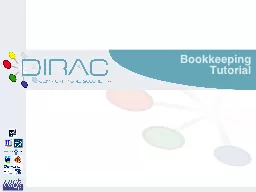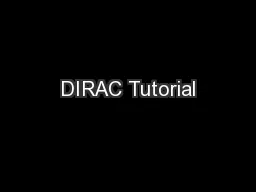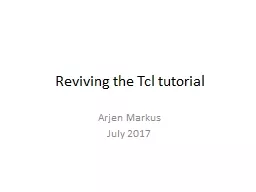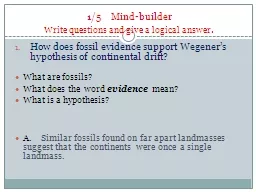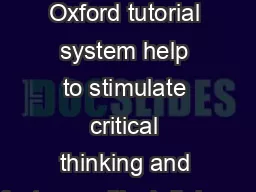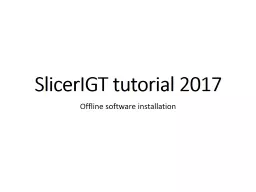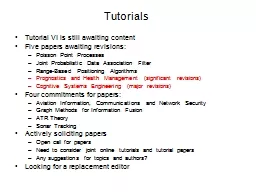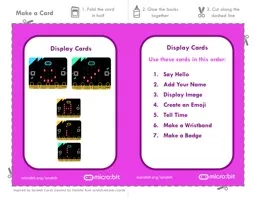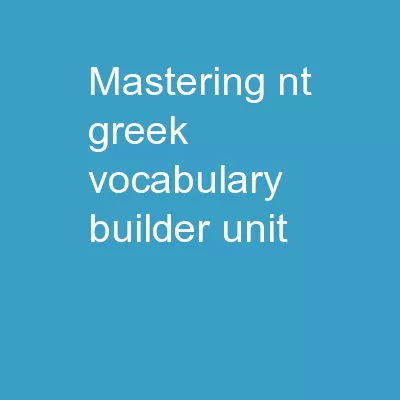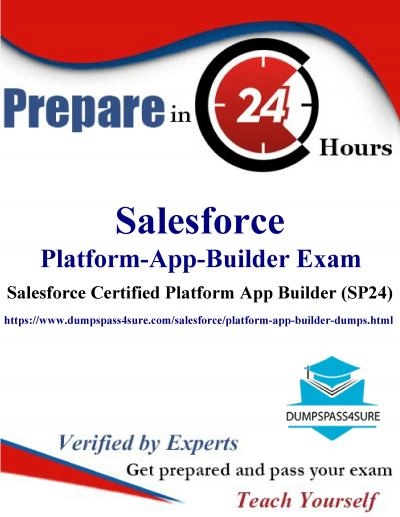PPT-Display Builder Tutorial
Author : calandra-battersby | Published Date : 2019-06-30
Jan 2019 Kay Kasemir kasemirkornlgov Display Builder Operator Interface Editor and Runtime Builds on ideas from EPICS edd dm medm edm Very compatible with
Presentation Embed Code
Download Presentation
Download Presentation The PPT/PDF document "Display Builder Tutorial" is the property of its rightful owner. Permission is granted to download and print the materials on this website for personal, non-commercial use only, and to display it on your personal computer provided you do not modify the materials and that you retain all copyright notices contained in the materials. By downloading content from our website, you accept the terms of this agreement.
Display Builder Tutorial: Transcript
Download Rules Of Document
"Display Builder Tutorial"The content belongs to its owner. You may download and print it for personal use, without modification, and keep all copyright notices. By downloading, you agree to these terms.
Related Documents


